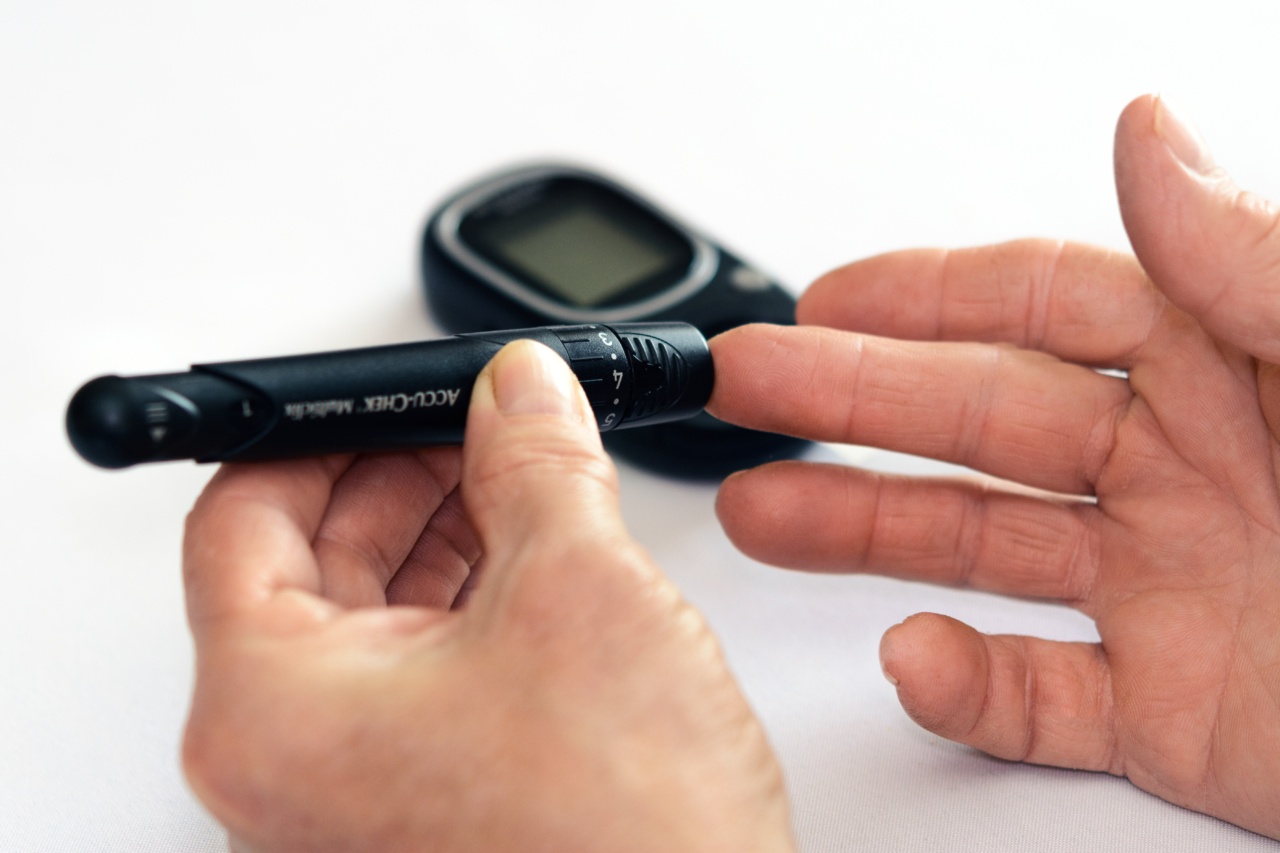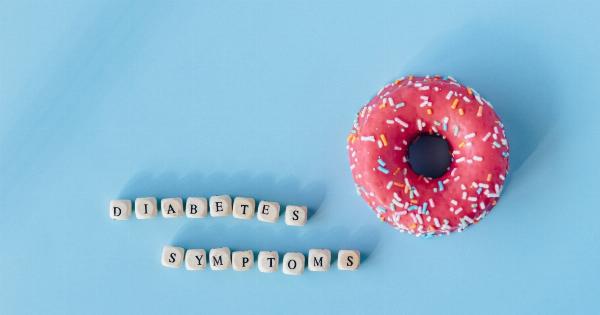Diabetes is a chronic disease that affects millions of people worldwide. In the UK, around 3.9 million people have been diagnosed with diabetes.
If left untreated or poorly controlled, diabetes can cause a range of complications, including severe emergencies. In this article, we will discuss the different types of diabetes emergencies and how the National Health Service (NHS) in the UK manages them.
Types of Diabetes Emergencies
There are two types of diabetes: type 1 and type 2. Both types of diabetes can lead to emergencies if not treated or controlled properly. The most common diabetes emergencies include:.
Hypoglycemia
Hypoglycemia, also known as low blood sugar, occurs when the blood sugar level drops below normal. It can happen when someone takes too much insulin or diabetes medication, skips a meal, or engages in intense physical activity.
Symptoms of hypoglycemia may include sweating, trembling, confusion, dizziness, and blurred vision. Severe hypoglycemia may cause seizures, coma, or even death.
Hyperglycemia
Hyperglycemia, also known as high blood sugar, occurs when the blood sugar level rises above normal. It can happen when someone eats too much, does not take enough insulin or diabetes medication, or experiences stress or illness.
Symptoms of hyperglycemia may include thirst, frequent urination, tiredness, and blurred vision. Severe hyperglycemia may cause diabetic ketoacidosis (DKA), a life-threatening condition that can lead to coma or death.
Diabetic Ketoacidosis
Diabetic ketoacidosis (DKA) is a serious complication of diabetes that occurs when the body produces high levels of ketones, a type of acid, in response to high blood sugar levels.
It can happen when someone does not take enough insulin, experiences stress or illness, or has an infection. Symptoms of DKA may include vomiting, stomach pain, fruity-smelling breath, rapid breathing, and confusion. DKA requires immediate medical attention, as it can lead to coma or death.
Hyperosmolar Hyperglycemic State
Hyperosmolar hyperglycemic state (HHS) is a rare but serious complication of diabetes that occurs when the blood sugar level rises above 33 mmol/L.
It can happen when someone does not take enough insulin, experiences stress or illness, or has an infection. Symptoms of HHS may include extreme thirst, dry mouth, confusion, seizures, and coma. HHS requires immediate medical attention, as it can lead to organ failure or death.
Managing Diabetes Emergencies in the NHS
The NHS in the UK provides a comprehensive approach to managing diabetes emergencies.
In general, people with diabetes are advised to have a diabetes management plan in place that includes regular monitoring of blood sugar levels, medication management, and lifestyle changes. They are also encouraged to carry a diabetes emergency kit that contains glucose tablets, glucagon injections, and a glucagon emergency kit.
If someone experiences a diabetes emergency, they are advised to take the following steps:.
Step 1: Recognize the Symptoms
It is important to know the symptoms of a diabetes emergency so that you can act quickly. Be aware of the signs of hypoglycemia, hyperglycemia, DKA, and HHS.
Step 2: Check Blood Sugar Levels
If you suspect a diabetes emergency, check your blood sugar level immediately. If your blood sugar level is too low or too high, follow your diabetes management plan to bring it back to normal.
If you are unsure how to do this, seek medical help immediately.
Step 3: Take Action
If you are experiencing hypoglycemia, eat or drink something containing sugar, such as glucose tablets or a sugary drink. If you are experiencing hyperglycemia, follow your diabetes management plan to lower your blood sugar level.
If you are experiencing DKA or HHS, seek medical help immediately.
Step 4: Call for Help
If you are unable to manage the diabetes emergency on your own, call for help. This could be a family member, friend, or medical professional.
Conclusion
Diabetes emergencies are serious and can be life-threatening. However, with proper management and quick action, they can be treated effectively. If you or someone you know is experiencing a diabetes emergency, seek medical help immediately.






























